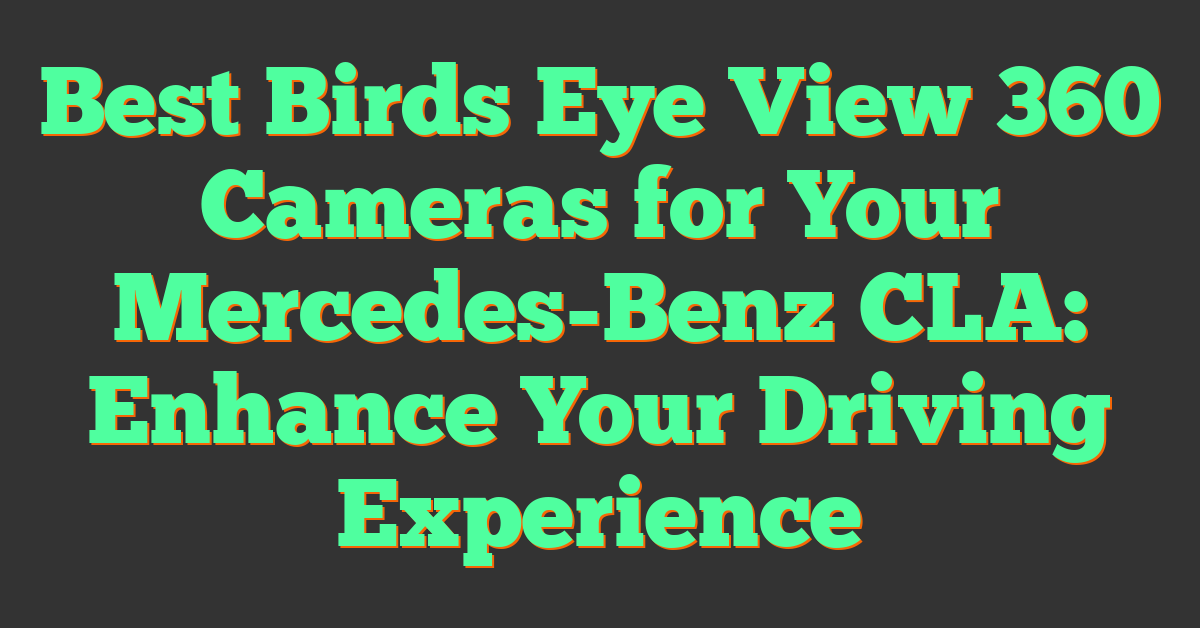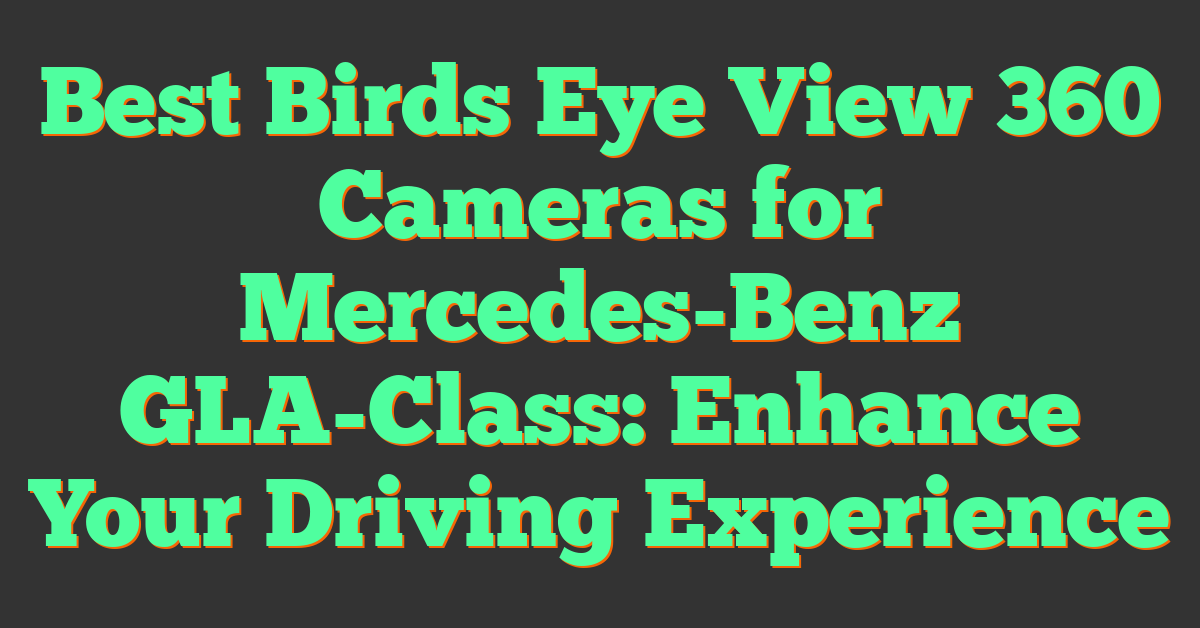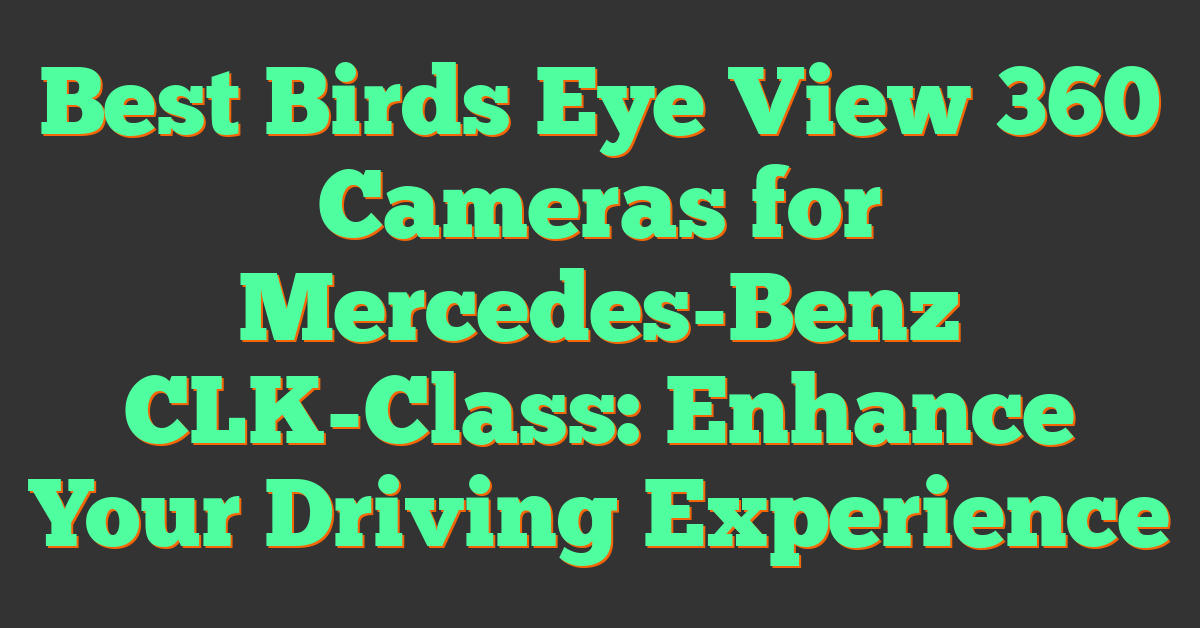Key Takeaways
- 360 cameras transform real estate marketing by creating immersive virtual tours that stand out in competitive markets and attract tech-savvy buyers.
- Key features to prioritize include image quality, ease of use, and compatibility, ensuring sharper visuals, efficient operation, and seamless integration with editing tools or platforms.
- Budget, mid-range, and high-end options cater to different needs, from affordable beginner models like the Ricoh Theta SC2 to professional-grade cameras like the Matterport Pro3 for detailed and interactive tours.
- Battery life and storage are crucial for uninterrupted shoots, especially for large properties, with expandable memory and swappable batteries offering added flexibility.
- Future-proofing your investment by choosing versatile cameras that adapt to emerging trends like VR integration ensures long-term value and enhanced marketing opportunities.
When it comes to showcasing real estate, first impressions are everything. A 360 camera can transform how properties are presented, offering immersive virtual tours that attract more potential buyers. But with so many options on the market, picking the right camera can feel overwhelming.
From image quality to ease of use, there are key features that can make or break your investment. Whether you’re a real estate agent or a property owner, understanding what to look for ensures you choose a camera that meets your needs. Let’s dive into what really matters when selecting the perfect 360 camera for real estate.
Why Use a 360 Camera for Real Estate?
Using a 360 camera in real estate creates immersive property experiences that static photos can’t replicate. These cameras capture full panoramas, enabling potential buyers to feel as though they’re walking through the property. This makes online listings stand out, especially in competitive markets.
360 virtual tours save time for both buyers and agents. Clients can explore multiple properties online before scheduling physical visits, which streamlines decision-making. This is especially useful for buyers relocating from different cities or countries who rely heavily on digital resources.
High-resolution 360 images showcase details like room layouts and finishes. For example, features like hardwood flooring or custom lighting become more prominent when viewed in 360, making properties more appealing. Presenting spaces accurately helps build trust and reduces surprises during in-person visits.
Some 360 cameras support VR integration, which adds another layer of engagement. VR tours offer an experiential preview of the space, ideal for modern tech-savvy audiences. Incorporating tools like HDR and high frame rates enhances the realism of these tours further.
A well-shot 360 tour can also boost marketing reach. Studies show that listings with interactive media often receive more views and shares across platforms. Features like guided tours with annotations can elevate the viewer experience, highlighting key selling points like spacious kitchens or scenic views.
Key Features to Look for in a 360 Camera
When choosing a 360 camera for real estate, it’s essential to focus on features that impact both the production quality and user experience. Over the years, I’ve tested many models and found that certain specifications make a big difference, especially for creating standout real estate tours.
Image Quality and Resolution
High resolution ensures sharp, detailed visuals that highlight property features like textures, finishes, and natural light. Look for cameras capable of at least 4K video resolution, though 5.7K to 8K is best for professional-level results. Models like the Insta360 One X3 or Ricoh Theta Z1 use advanced sensors to capture rich detail, even in challenging lighting. Proper image stitching also enhances the seamlessness of your 360-degree visuals, which is critical when capturing expansive rooms or outdoor spaces.
Ease of Use
« How to Select a 360 Camera for VR Content: Top Tips for Stunning Immersive Experiences
Night Vision 360 Cameras: Battery Life Tips & Top Models for Long-Lasting Performance »
A straightforward setup and intuitive controls save time on both shooting and editing. User-friendly interfaces with touchscreens, such as the GoPro Max, simplify adjustments in real-time. Cameras with features like automatic stabilization and stitching reduce the need for extensive post-production, which helps streamline workflows for real estate photographers managing multiple properties. Compact, lightweight designs also make cameras easier to handle during shoots.
Connectivity and Compatibility
Seamless connectivity with smartphones, tablets, and editing software ensures efficient transfer and processing of images and videos. WiFi and Bluetooth integration enable quick previews and uploads without removing the camera’s SD card. Compatibility with platforms like Adobe Premiere Pro, Matterport, and VR headsets expands the content’s versatility. For instance, a camera like the Ricoh Theta X allows direct uploads to virtual tour creators, saving time when publishing property listings.
Battery Life and Storage
Longer battery life enables uninterrupted shoots, especially when covering large properties. Models supporting swappable batteries, such as the Kandao QooCam 8K, prevent downtime. Internal storage matters, but expandable storage via microSD cards offers practical flexibility. Use a 128GB or higher card for shooting multiple high-resolution tours without frequent data transfers. Reliable power and storage help maintain consistent productivity, even on busy shooting days.
Comparing Popular 360 Cameras for Real Estate
Selecting the right 360 camera for real estate requires balancing features, performance, and price. Whether you’re on a budget or searching for top-tier equipment, there are excellent choices at every level.
Budget Options
Affordable cameras deliver solid performance for real estate beginners or those with smaller projects. These models balance cost with essential features.
- Ricoh Theta SC2: This camera provides 4K video resolution and HDR imaging, enhancing indoor shots with varying light. Lightweight and compact, it’s user-friendly for quick tours but has limited manual control, making it less ideal for advanced users.
- Insta360 ONE X2 (previous-gen): While not the latest, its 5.7K resolution produces outstanding clarity for its price. It includes built-in stabilization, perfect for handheld use during walk-throughs. Cloud storage access simplifies file management.
Budget models work well for agents venturing into 360 content without overwhelming costs.
Mid-Range Models
Mid-range options cater to professionals seeking higher resolution and advanced features while staying within a manageable budget.
- GoPro MAX: Shooting in 6K video, this versatile camera excels at both 360 and traditional content. The rugged build and stabilization make it ideal for indoor or outdoor shoots, while the GoPro app simplifies post-editing. However, editing can be time-intensive due to file size.
- Insta360 ONE RS: The interchangeable lens system includes a 5.7K 360 lens and standard wide lens, offering flexibility for various photo or video needs. It integrates well with Insta360’s software for quick stitching and sharing online.
These models offer great mid-tier performance with added durability and connectivity tools.
High-End Professional Cameras
High-end cameras target experienced creators aiming for ultra-detailed visuals and immersive real estate tours.
- Insta360 Pro 2: This powerhouse captures up to 8K stereoscopic 360 video, maintaining clarity and dimension for VR use. The built-in stabilization and long-range wireless monitoring simplify complex shoots. Advanced users will appreciate the manual settings for precise adjustments.
- Matterport Pro3: Designed for real estate, it combines 3D scanning with 360 imaging, creating interactive models with floorplans. Its lidar technology works in low light and captures accurate space measurements, perfect for high-end property listings or commercial spaces.
Professional models justify the investment with superior image quality, expansive editing capabilities, and specific features for creating polished tours.
Tips for Making the Right Choice
Choosing the right 360 camera for real estate involves aligning your requirements with the camera’s capabilities. From understanding project goals to ensuring long-term value, several factors influence the decision.
Assessing Your Specific Needs
Identifying your goals helps narrow down the options. If you’re focused on creating immersive virtual tours, prioritize cameras with high resolution (4K or above) and HDR capabilities for accurate detail and color representation. For photographers looking to capture quick room scans, compact models like the Ricoh Theta SC2 or Insta360 ONE X2 work well. Videographers aiming for professional-grade output might consider high-end models like the Insta360 Pro 2, which capture 8K video for a polished result.
Evaluate how you’ll use the camera. Lightweight and portable options suit agents who frequently travel between showings, while cameras with wide dynamic range excel in properties with mixed light conditions. Think about your preferred editing process too—some cameras integrate seamlessly with real estate platforms or VR tools.
Balancing Features and Budget
Comparing features with price ensures better investment value. Entry-level cameras typically provide 1080p to 4K resolution, like the Theta SC2, which is great for beginners. However, if your marketing strategy includes VR integration or detailed property walkthroughs, investing in a mid-range or high-end model saves time in editing and enhances presentation quality.
Set a budget but don’t overlook secondary costs. Accessories such as tripods, stabilizers, or editing software may be necessary to fully leverage the camera’s capabilities. Sometimes spending slightly above your initial budget delivers better tools, reducing upgrade needs later. I often recommend mid-range cameras like the Insta360 ONE RS, as they offer solid resolutions and upgradable modular systems.
Considering Future-Proofing
Selecting a versatile camera prevents obsolescence. A future-proof investment adapts to emerging trends like VR tours or 3D mapping. Cameras supporting firmware updates, advanced stitching algorithms, or external add-ons ensure compatibility with newer platforms.
Assess growth opportunities. If you’re expanding into high-profile listings or luxury properties, a professional-grade camera with advanced features, such as the Matterport Pro3, prepares your portfolio for sophisticated projects. Choosing models that combine excellent build quality and robust support minimizes replacement concerns.
Investing in the right camera aligns with your professional goals and accommodates advancements in real estate marketing technology.
Conclusion
Choosing the right 360 camera for real estate can make all the difference in creating engaging and memorable property presentations. By focusing on your specific needs and balancing features with your budget, you can invest in a camera that not only elevates your listings but also keeps you ahead in a competitive market.
A well-chosen 360 camera doesn’t just capture spaces; it transforms how buyers experience properties, saving time and building trust. With the right tools, you can showcase listings in a way that resonates with today’s tech-savvy audience and sets you apart as a real estate professional.















